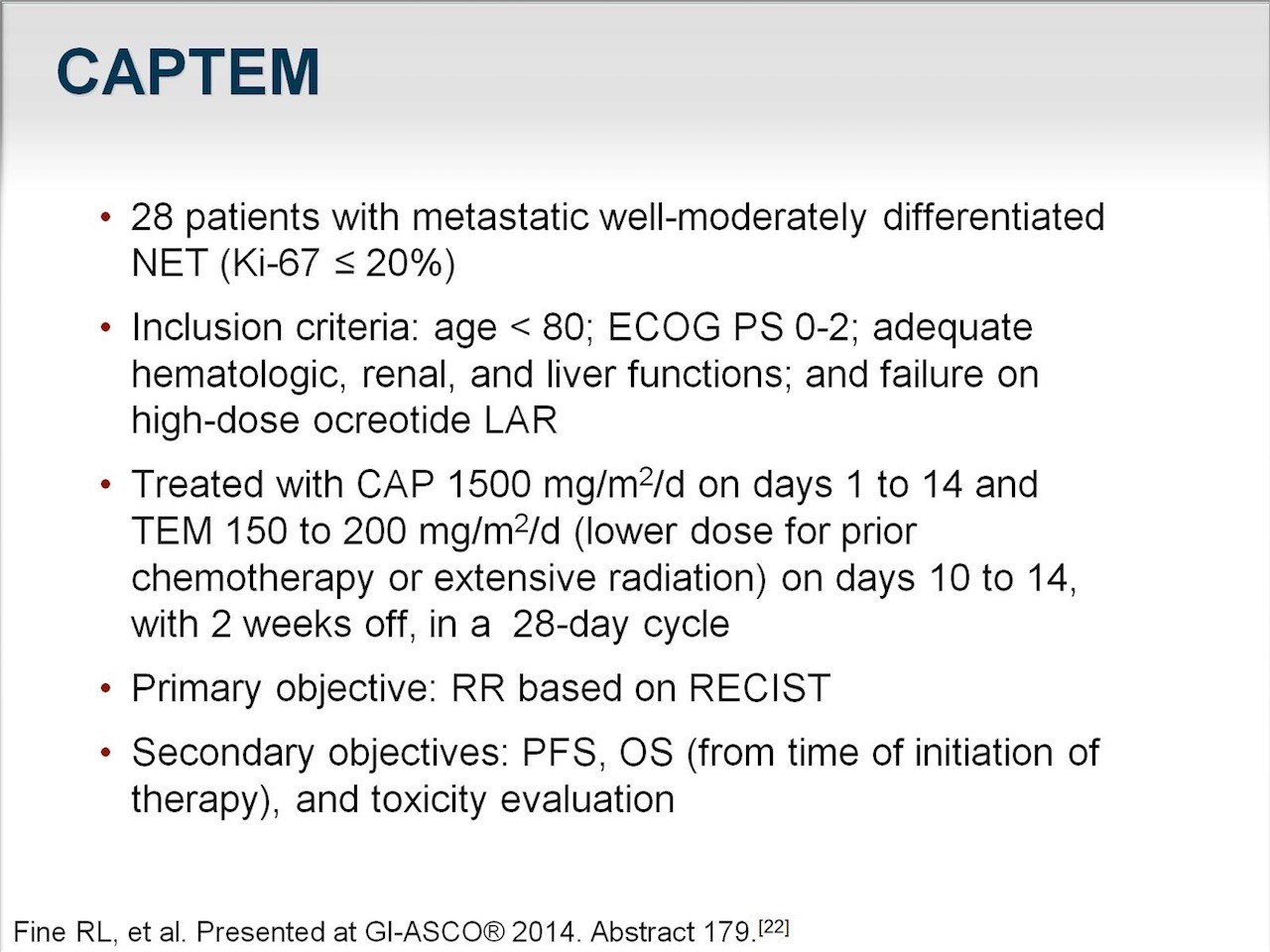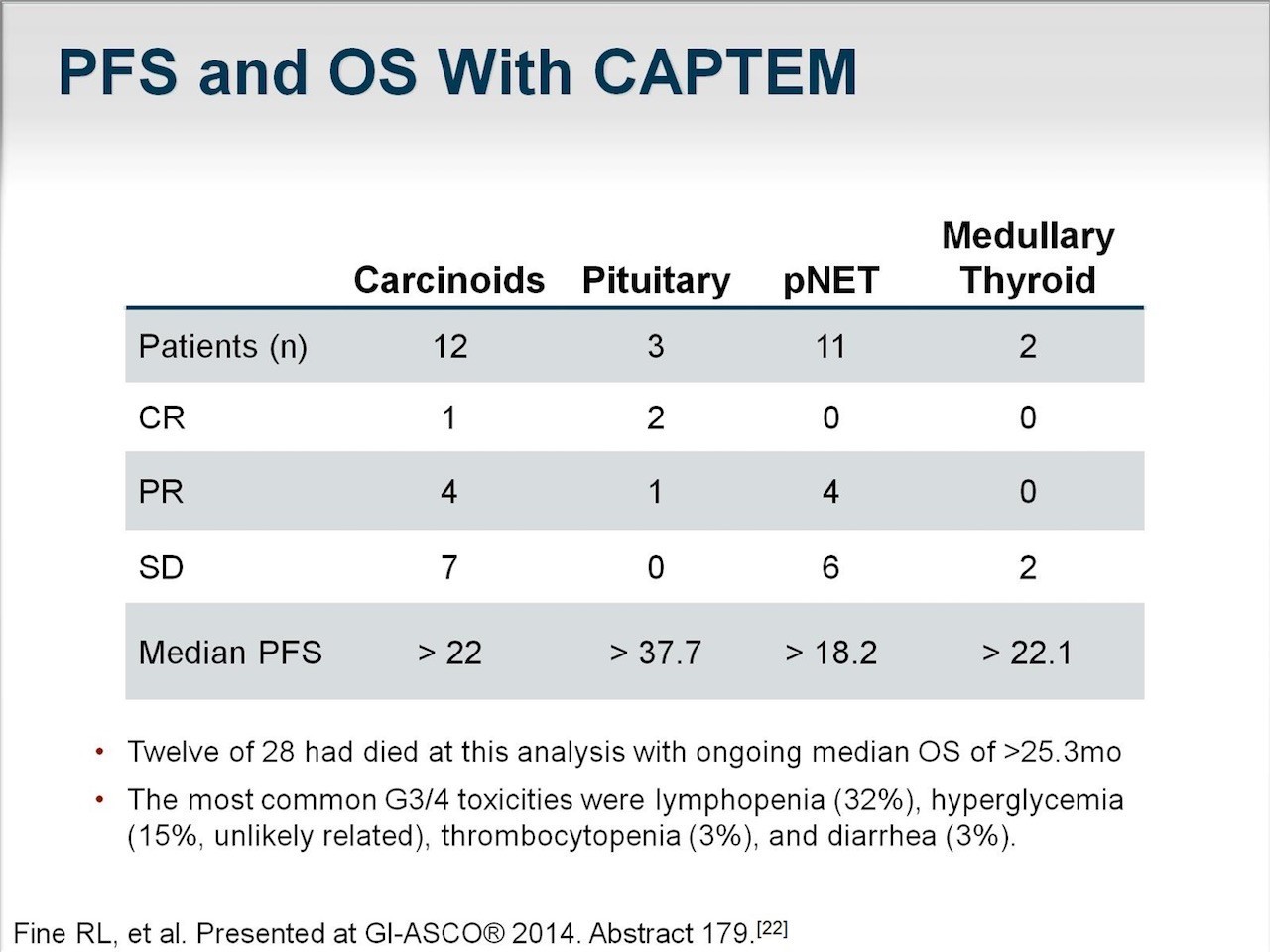CHEMOTHERAPY
A treatment that uses powerful chemicals to damage fast growing cancer cells so they stop growing and multiplying. The aims of this treatment are to:
- Kill as many cancer cells as possible without substantially affecting healthy cells
- Increase the chances of killing cancer cells
- Lower the chances that cancer cells will become resistant to certain drugs
As with other NET treatments, the success of chemotherapy depends greatly on the type of tumour and its characteristics. Chemotherapy has proven beneficial for some patients with pancreatic NETs, whereas treatment response has been limited in other patients with NETs.
Drugs
Poorly differentiated NETs are usually treated with chemotherapy medications that can be used alone or in combination. These drugs include:
- Capecitabine
- Cisplatin
- Platinum-based drugs*
- Streptozocin
- Temozolomide
Capecitabine and temozolomide are often used in combination, known as the CAPTEM regimen, which is a promising treatment option for metastatic NET patients.
* Most commonly used combination regimes that include platinum-based drugs are: carboplatin + etoposide, carboplatin + paclitaxel, and cisplatin + etoposide
Administration
The route of administration (taken by mouth or injected into the bloodstream or spinal fluid) will depend on the type of cancer being treated.
Only your healthcare team can advise you whether chemotherapy might be a suitable option for you.
- Cycles Chemotherapy is usually given at regular intervals called cycles. Each cycle is commonly followed by a rest period that can last several days or weeks. The rest period allows normal cells to recover.
- Schedule The length, timing, and number of cycles depend on the drugs used and the type of cancer. The schedule is usually set by your doctor at the start of treatment and may change according to the response. Treatment time can range from 3 to 12 months.
CAPTEM
Dosing:
Dosing:
Chemotherapy Research


